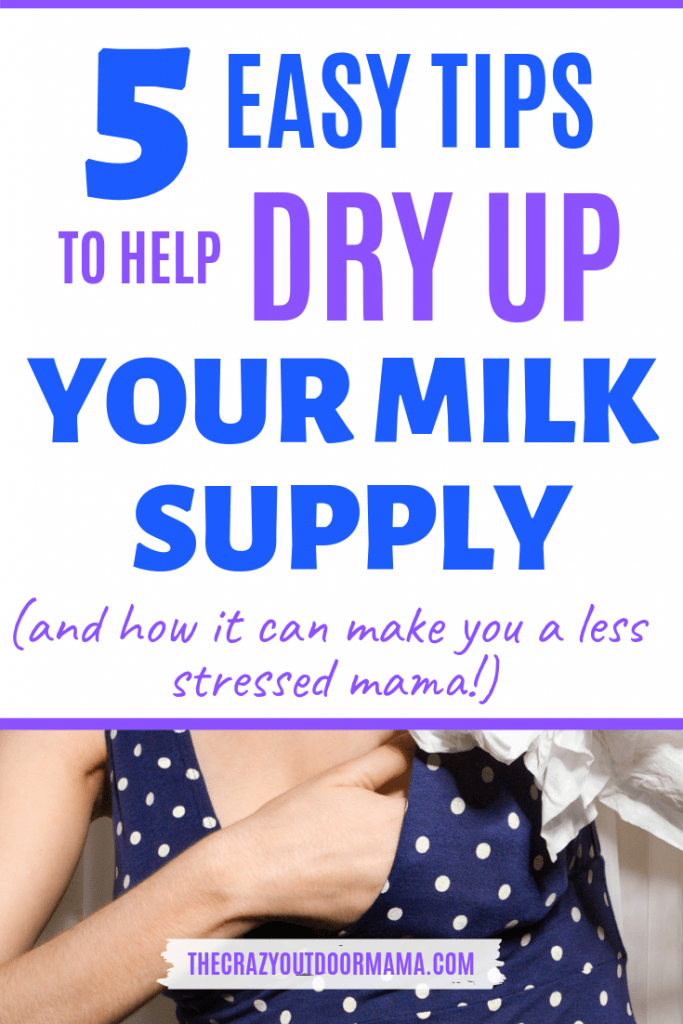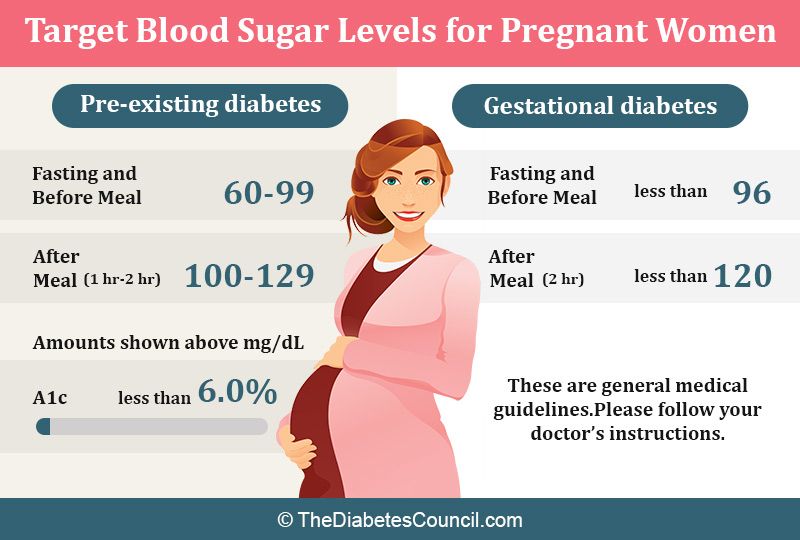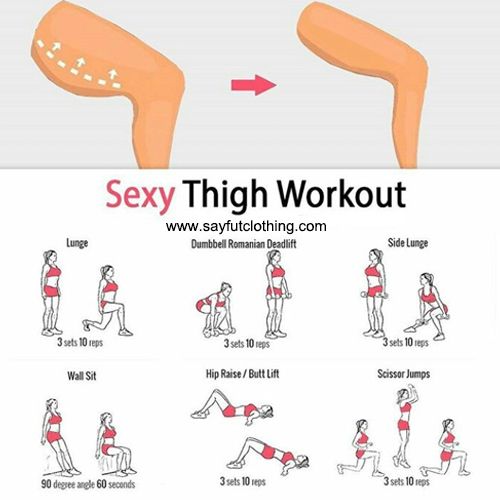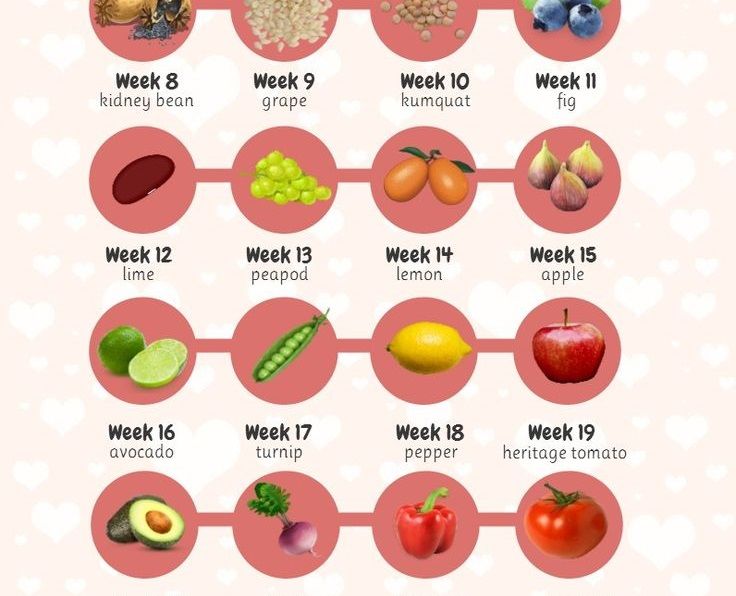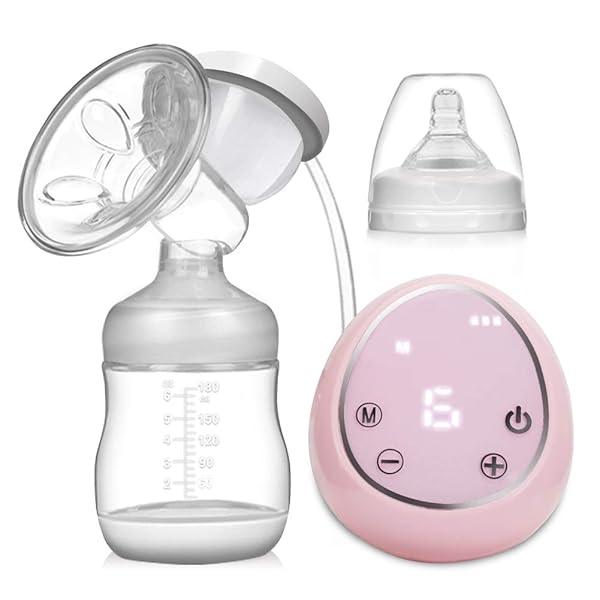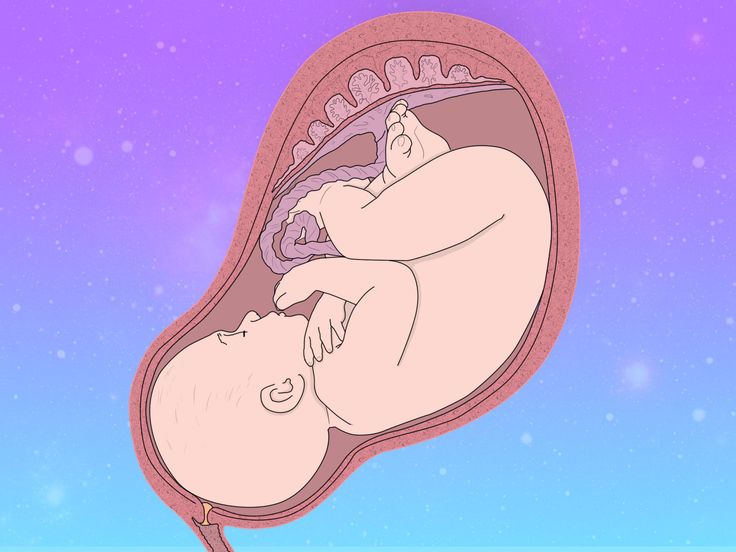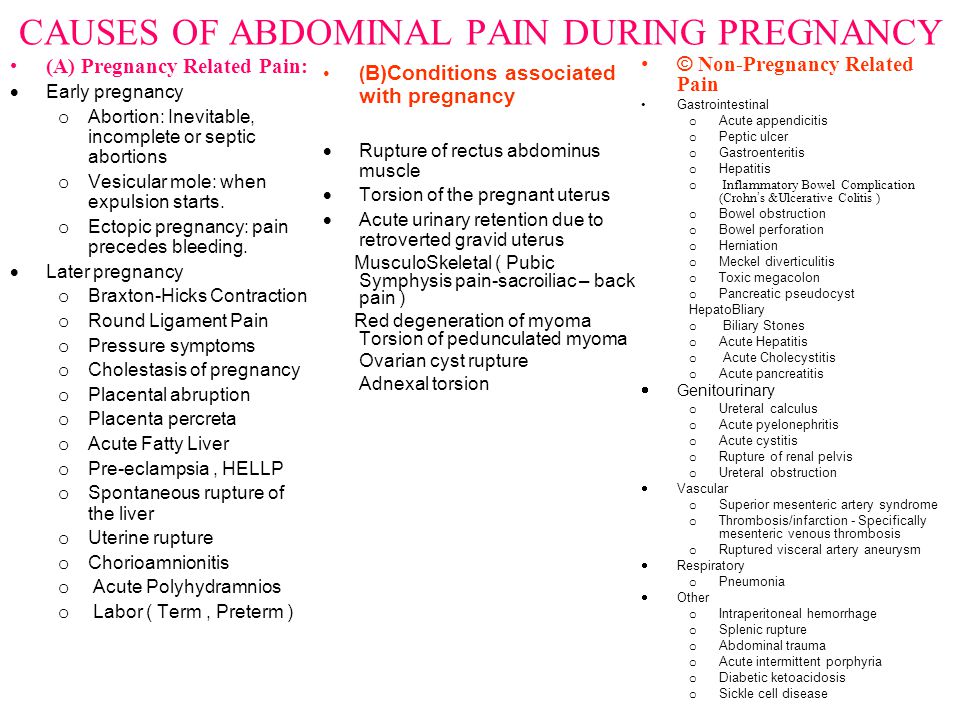How long does it take for breastmilk to fill back up
How Long Does It Take To Refill Breast Milk?
This post contains affiliate links and is for general information purposes only. Please visit my disclosure policy for more information.
Find yourself asking, “how long does it take to refill breast milk?” Here’s everything you need to know, plus tips to increase milk supply and to make nursing easier!
If you’ve wondered how breastfeeding works, wanted to understand your milk flow or learn ways to improve milk supply, this post will address all your burning questions. And you’ll find helpful resources and information to ensure your baby gets proper nutrition.
Breastfeeding can be frustrating and confusing for new moms, but once you get the hang of it, it can also be a very special way to bond with your baby.
So, here’s everything you need to know about how long it takes to refill breastmilk, tips to increase milk production and important ways care for your breasts while nursing!
RELATED: 40 of the Best Breastfeeding Tips
Table Of Contents
- How Long It Takes for Breast Milk To Refill
- Tips to Increase Breast Milk Supply
- The Best Feeding Schedule to Refill Breast Milk Faster
- Tips for Maintaining Healthy Breasts While Nursing
- When should I be concerned?
- Is it okay to stop breastfeeding?
- FAQs
- The Bottom Line
- Want More?
- Your Turn
How Long It Takes for Breast Milk To Refill
Did you know your breasts never completely drain of milk? Even after a successful feed, babies tend to remove only 75-80% of the available milk. And, your body is constantly producing milk (not just between feeds).
The amount of milk breasts can store between sessions will vary from woman to woman and is not determined by breast size. So, how long it takes to refill breast milk to capacity will be unique to your particular body as well as how often you’re feeding your child.
As mentioned, the breast is never completely empty, but milk flow is greatly reduced by nursing to the point where no significant amount is expressed. It typically takes 20-30 minutes to rebuild to an adequate flow and closer to an hour to rebuild to peak flow.
And, the emptier the breast, the faster your body produces milk. So, feeding more frequently and encouraging your baby to feed for a longer amount of time can reduce the time it takes to refill your breasts between feedings.
As a result, your body will produce more milk to keep up with your baby’s demand.
Below are some easy ways to encourage your body to refill breast milk faster by increasing breast milk production and breast milk supply.
Tips to Increase Breast Milk Supply
If you’re worried your baby isn’t getting enough milk, there are several easy steps you can take to monitor their feeds and encourage better milk production in your body.
Practicing skin to skin and implementing more frequent feedings are typically the best first steps. And you should also examine your diet, stress levels and medications.
Each of the tips and techniques below with decrease how long it takes for beast milk to refill and stimulate your milk supply.
1. Don’t skip skin to skin
Skin contact is incredibly beneficial to milk supply. This simple act produces oxytocin, also known as the love hormone which helps mothers and babies bond and also stimulates and increases milk production.
Skin to skin is a great way to encourage the let-down reflex to get things flowing. You can also try using a warm compress or massaging the breast during and after feeds.
You can also try using a warm compress or massaging the breast during and after feeds.
2. Try more frequent feedings
Breastfeeding works by supply and demand. So, the easiest and most effective way to increase supply is to increase the amount of feeds in day. You should aim to feed 8 or more times a day.
3. Weigh baby before and after feedings
Weighing your baby can help determine how many ounces of milk your baby gets from feeds. Measure these amounts against the recommended intake for their age to see if your milk supply falls short for what they need. If you feel you’re not producing enough milk for baby, follow more tips and suggestions below!
4. Ensure baby has a proper latch
A shallow latch (or what’s sometimes referred to as a lipstick nipple latch) can affect the amount of milk your baby receives during feeds and in turn, your milk supply. Improper latch can also lead to painful breast conditions that can deter proper feeds.
Here are some ways to get your baby to latch properly so they can nurse more productively and improve how long it takes to refill breastmilk.
- Make a “U” shape to compress your breast to help baby get more of the breast in their mouths.
- Encourage baby to open wide (their mouths should fully cover the nipple and areola).
- Point your nipple to their nose so it bypasses their gums and ends up towards the roof of their mouth.
- Try to make baby’s lower lip the first to contact the breast and anchor to the outer edge of the areola.
- Try different feeding positions to find what’s comfortable.
- Check with your pediatrician to ensure baby doesn’t have a lip or tongue tie.
5. Drain as much milk as possible
Offer both breasts during feeds and if milk supply is really low, you can even switch back and forth between breasts to get as much milk out per feeding session as possible.
And, if baby is lazily sucking and not actually drinking any milk, try squeezing the breast to get more milk into their mouths and encourage consumption.
6. Pump between feedings
Hand express or use electric pumps for 10 minutes or so after each feed. This will signal the body to refill the breast more promptly and increase supply. And, if you’re exclusively pumping, try hand expressing after each pumping session next to baby. This can boost the amount of milk produced even more.
7. Try foods that encourage milk production
Proper nutrition is so important to milk supply as well as staying adequately hydrated (at least 2 liters of water per day). In addition, you should plan 3 healthy meals each day with snacks in between. Here are some foods that are believed to increase milk supply to include in your diet:
- Lactation cookies
- Oatmeal or oat milk (contains iron which nursing mothers need)
- Fennel seeds (a licorice flavored seed that contains estrogen-like compounds)
- Lean meat or poultry
- Garlic
Refrain from smoking and avoid excessive caffeine intake (limit to 3 cups of instant coffee per day).
8. Refrain from supplementing between feeds
Providing your baby with extra formula, unnecessarily, can decrease your milk supply. This signals the body to slow down production due to artificially decreased demand.
However, if your doctor has encouraged formula feeding to help with your baby’s nutrition or growth, you’ll need to continue those supplements and use other techniques to decrease how long it takes to refill breast milk.
9. Reduce stress
Stress can decrease your milk supply. If you’re overly concerned about breastfeeding or have other sources of anxiety in your life, you might be shooting yourself in the foot.
Do the best you can to implement more relaxation and stress relief in your life and literally let things flow!
10. Check your medications
Some medications are known to decrease milk supply. Because of that, you’ll need to pay attention to the drugs you use for cold and flu. And, try to refrain from hormonal birth control while you’re actively breastfeeding because it can lower your supply.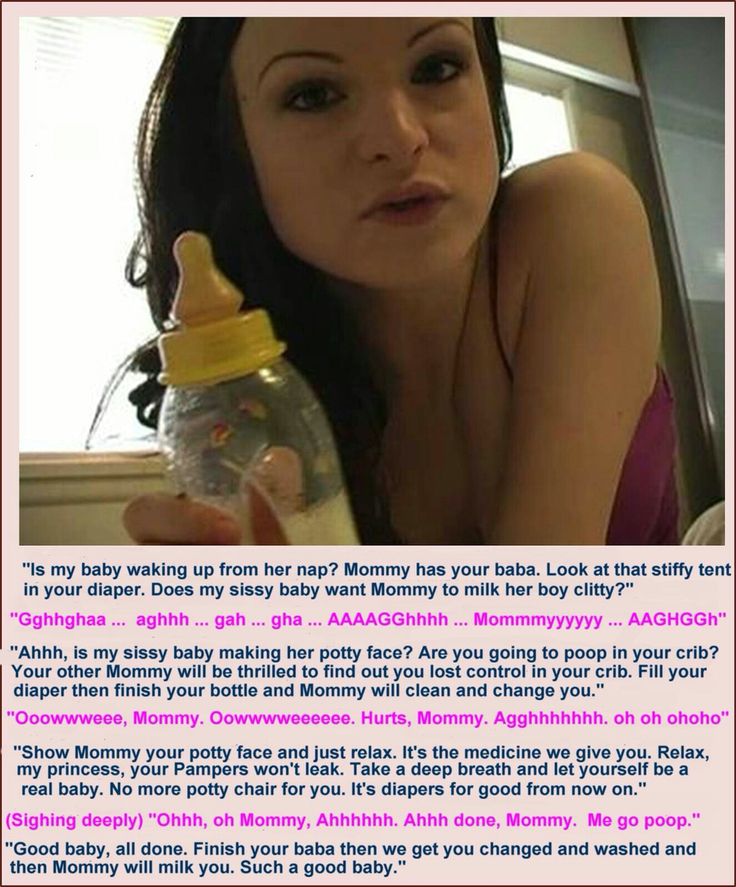
11. Make sure baby is staying awake during feeds
If your baby will only nurse for short periods, it’s likely they’re eating and sleeping schedule is off. A drowsy baby is typically not an effective eater. Follow the tips, below, to create more engaged feeding sessions with your baby.
The Best Feeding Schedule to Refill Breast Milk Faster
It’s important to establish a set time for feedings to ensure your baby is the most alert and attentive while nursing. Try to establish a newborn sleep and feeding pattern as follows: eat, play, sleep.
According to this newborn sleep schedule, you should nurse baby first thing after they wake so they’re not drowsy and the most focused on the task.
This also prevents baby’s from relying on you to fall asleep. If baby’s become accustomed to being nursed to sleep, it’s much more difficult for them to learn to self-soothe and fall asleep on their own!
While it’s helpful to follow this pattern of eat, play, sleep, you should always pay attention to your baby’s hunger cues. When your baby goes through growth spurts they may need to feed more frequently or longer.
When your baby goes through growth spurts they may need to feed more frequently or longer.
This may disrupt the nursing routine you’ve become accustomed to as your body changes how long it takes to refill beast milk.
But, things typically realign after a few days as your body meets the new demand with an increased supply of milk.
Baby’s needs change from time to time, so you may need to practice some extra patience when getting up more frequently in the night. Just remind yourself it will pass pretty quickly!
Tips for Maintaining Healthy Breasts While Nursing
If you’ve wondered how long does it take to refill breast milk, you may also wonder what it takes to protect your breasts while nursing.
As a new mom, those virgin nipples can be tender and sore for the first few weeks while you toughen up. Because of that, you’ll likely need help from safe and proven nipple creams and breastfeeding essentials like these:
- Lansinoh cream to help with soreness or to lubricate breast pumps
- Disposable nursing pads or reusable ones to shield nipples and collect milk
- Silicone breast pumps to relieve engorgement
- A nursing pillow to help you get a proper latch
- Nipple shields to correct lipstick nipple and protect cracked or chaffed nipples
- A cold/hot compress to help with clogged ducts
If you ever experience fever, rash, white pimple looking spots on your nipples or can’t empty your breasts, be sure to reach out to your doctor for further care!
And, while nursing can be uncomfortable for a bit, it should never be painful.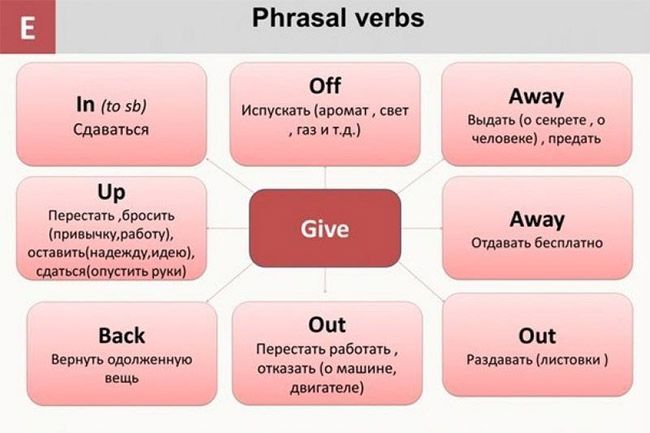 Bleeding, cracking and open wounds should be reported to your healthcare provider for assessment and treatment.
Bleeding, cracking and open wounds should be reported to your healthcare provider for assessment and treatment.
When should I be concerned?
After trying these techniques, if you’re still having issues with low milk supply and how long it takes to refill breast milk, reach out to a lactation consultant or your healthcare provider.
They can provide more specific medical advice for your unique circumstances. In some cases, supply issues may be due to other underlying health issues that need to be resolved.
These are some of the factors that can affect how long it takes to refill breast milk and may decrease your supply:
- Increased stress
- Thyroid or pituitary imbalances and other hormone complications
- Insufficient milk producing tissue
- Breast surgery or augmentation
- Metabolic issues and medical conditions like high blood pressure, anemia or retained placenta
- Certain medications for cold and flu and hormonal birth-controls
- Smoking or excessive caffeine consumption
RELATED: 20 Important Things to Know About Breastfeeding
Is it okay to stop breastfeeding?
It’s important to understand that breastfeeding is not for everyone.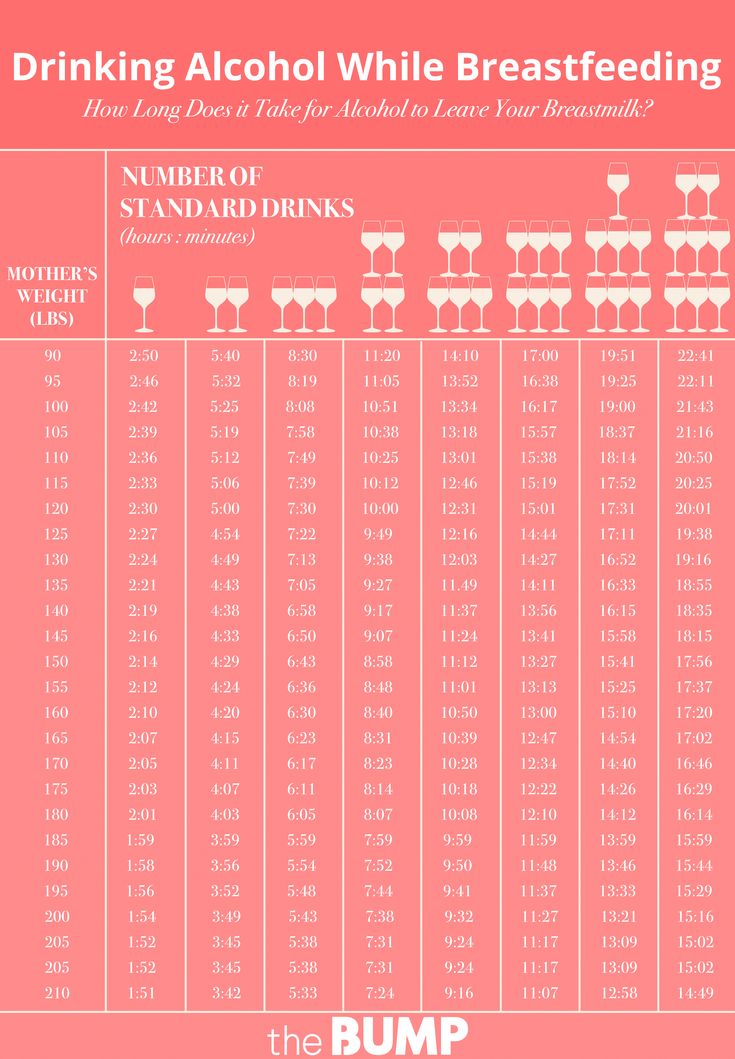 While there are several benefits to breastfeeding like passing antibodies to your baby, possible reduction of postpartum depression and a boost in weight loss, there can also be several downsides.
While there are several benefits to breastfeeding like passing antibodies to your baby, possible reduction of postpartum depression and a boost in weight loss, there can also be several downsides.
Some women have very real mental or physical limitations to breastfeeding which make nursing their baby incredibly uncomfortable, damaging and even impossible.
If breastfeeding negatively affects your mental or physical health, it’s okay to stop.
The most important thing is to have a healthy baby AND a healthy mom. There are other viable methods to feeding and nourishing your child.
For instance, some women enjoy and prefer exclusively pumping. Or, you can try baby formula which has come a long way over the years and even purchase breastmilk from breast milk banks.
Whatever you decide, is what’s right for you.
RELATED: How To Wean From Breastfeeding to Whole Milk
FAQs
How does milk supply work?
Milk production continues non-stop, but is based on supply and demand. The more frequently and completely your breasts are drained of milk, the more milk your body will produce. If you want to decrease how long it takes to refill breast milk, simply introduce more feeds or more opportunities to express your milk.
The more frequently and completely your breasts are drained of milk, the more milk your body will produce. If you want to decrease how long it takes to refill breast milk, simply introduce more feeds or more opportunities to express your milk.
Does pumping breast milk affect the milk supply?
Yes. Using a breast pump in between nursing sessions can help increase milk production and milk supply. Breast milk is produced based on supply and demand. Pumping for 10 minutes or so after breastfeeding increases the demand for milk and in turn your beast milk supply.
It should be noted, however, that pumping is only beneficial to milk supply if it’s done in conjunction with regular breastfeeding. If a mother pumps and then skips a breastfeeding session, that can have a negative impact on milk supply.
Can you run out of milk while breastfeeding?
The breast is never completely drained of milk even after a successful feed.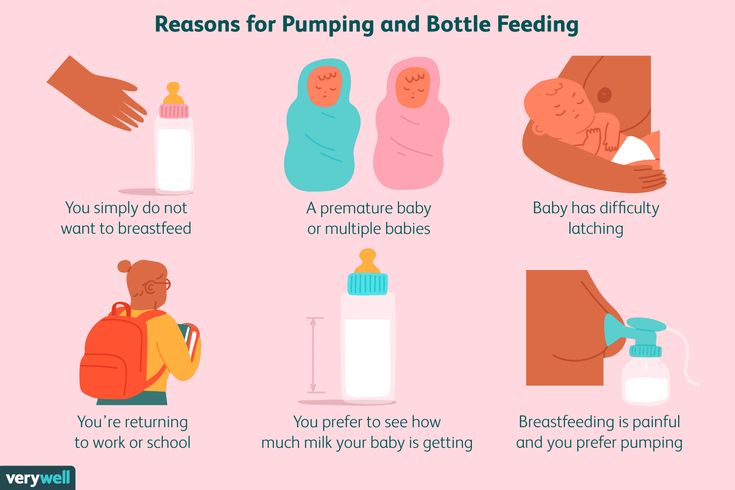 However, as the amount of milk in the breast decreases, milk flow is significantly reduced. Milk flow typically “builds back up” in 20-30 minutes.
However, as the amount of milk in the breast decreases, milk flow is significantly reduced. Milk flow typically “builds back up” in 20-30 minutes.
How soon does milk replenish after pumping?
The body will treat pumping the same as if it were your baby emptying your breasts. While the milk is never truly all gone, it typically takes 20-30 minutes to rebuild to an adequate flow and closer to an hour to rebuild to peak flow.
How much milk can a breast hold?
The amount of milk a breast can hold will vary from woman to woman and is not bound by breast size. You can get an idea of the amount of milk your breasts generally hold by pumping into a measured bottle or weighing your baby before and after feeds.
However, weighing baby or measuring milk in a pump can never truly indicate the amount of milk in the breast.
How can I get my breast milk to refill faster?
Breast milk works by supply and demand. If you want your milk to refill faster, increase your amount of nursing sessions or express milk in between feeds with a pump or by massaging the breast with your hands.
You should also ensure your baby has a proper latch and doesn’t fall asleep during feeds. Here are some other helpful tips and techniques to decrease how long it takes to refill breast milk:
– Drink plenty of water (2 liters per day)
– Eat 3 healthy meals with snacks
– Try lactation cookies and other lactation-friendly foods
– Decrease stress, caffeine consumption and smoking
– Get skin to skin time and massage the breast during and after feeds or use a warm compress
– Refrain from supplementing in between feeds if possible (formula, juice, etc.)
How long does it take to refill breast milk? Here’s the bottom line:
Breastmilk is always being produced and takes 20-30 minutes to rebuild to adequate flow after a feed. However, for the strongest flow of breast milk, you should wait an additional 30 minutes or so.
However, for the strongest flow of breast milk, you should wait an additional 30 minutes or so.
You can reduce the time it takes to refill breastmilk by increasing the demand for milk and making healthy diet choices:
- Practice skin to skin.
- Nurse at least 8 times per day for the first 4 months.
- Encourage baby to stay alert during feeds and ensure a proper latch.
- Offer both breasts with each feed and switch back and forth if needed.
- Hand express or pump for 10 minutes after each nursing session.
- Reduce stress, drink plenty of water and eat foods like oats, garlic, lean proteins and fennel seeds.
- Avoid excessive caffeine, smoking and certain medications, as well as hormonal birth control.
Want More?
If this post was helpful for you, be sure to check out:
- 15 Creative Ways To Use Leftover Breast Milk
- How to Deal with Postpartum Body Changes
- Creative Monthly Baby Photo Ideas
- 3 First Time Mom Books Worth a Read
- The Ultimate List of Mom Hacks
Your Turn
Did I answer all your questions for “how long does it take to refill breast milk”? Let me know if you have more questions or tips in the comments!
Frequently Asked Questions about Milk Production • KellyMom.
 com
comBy Kelly Bonyata, BS, IBCLC
- How does milk production change over the course of lactation?
- I’m confused about foremilk and hindmilk – how does this work?
- What happens between feedings?
- Do breasts need time to refill?
How does milk production change over the course of lactation?
For the first few days, up to and including the point at which mom’s milk “comes in,” milk production does not depend upon milk being removed from the breast. After those first few days, it is necessary for milk to be regularly removed from the breast (via baby or pump) to continue milk production. The breasts will begin to shut down milk production within several days if milk is not regularly and effectively removed.
cc Flickr Graham Hellewell
During the early weeks, assuming nursing is going well, a mom will often have more milk than baby needs. Many moms also experience varying degrees of leaking and/or breast fullness/engorgement in the early weeks — this is not the norm for the entire breastfeeding experience but simply a period of adjustment as mom’s body determines and adjusts to the amount of milk her baby (or babies) actually needs.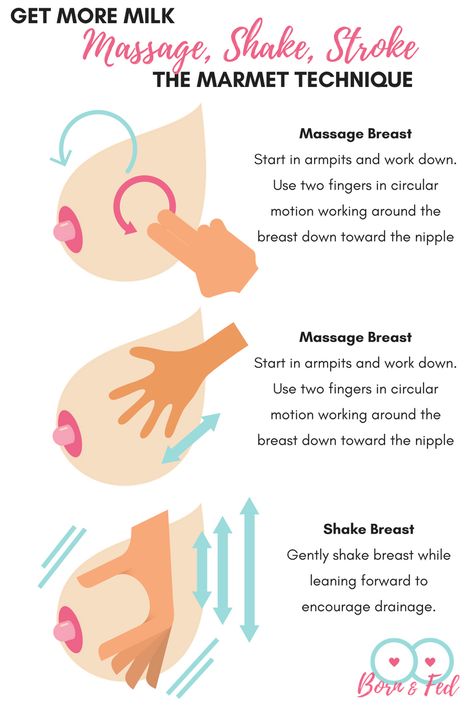
.
In exclusively breastfed babies, milk intake increases quickly during the first few weeks of life, then stays about the same between one and six months (though it likely increases short term during growth spurts). Current breastfeeding research does not indicate that breastmilk intake changes with baby’s age or weight between one and six months. Sometime between six months and a year (as solids are introduced and slowly increased) baby’s milk intake may begin to decrease, but breastmilk should provide the majority of baby’s nutrition through the first year.
After the first 6 weeks to 3 months (or sometimes later – this varies for different mothers), the high baseline prolactin level that is the norm in the early weeks gradually decreases to the lower baseline that is the norm for later lactation. Around this time, mom’s breasts may feel less full, leaking may decrease or stop, let-down may become less noticeable, and pumping output may decrease. These are all normal changes and, on their own, do not mean that milk supply has decreased. Click here to read more…
Click here to read more…
I’m confused about foremilk and hindmilk – how does this work?
The breast only makes one type of milk, which has a relatively high fat content, but because of the mechanics of milk release, the amount of fat in the milk available to baby gradually changes as a feed progresses. Foremilk is the term for the milk (relatively lower in fat) available at the beginning of a feeding; hindmilk is the term for the milk at the end of a feeding, which has a higher fat content than the milk at the beginning of that particular feeding. There is no sharp distinction between foremilk and hindmilk – the change is very gradual. Research from Peter Hartmann’s group tells us that fat content of the milk is primarily determined by the emptiness of the breast — the less milk in the breast, the higher the fat content. Click here to read more…
What happens between feedings?
Milk is produced at all times, not just between feedings. Between feedings, milk collects in mom’s breasts.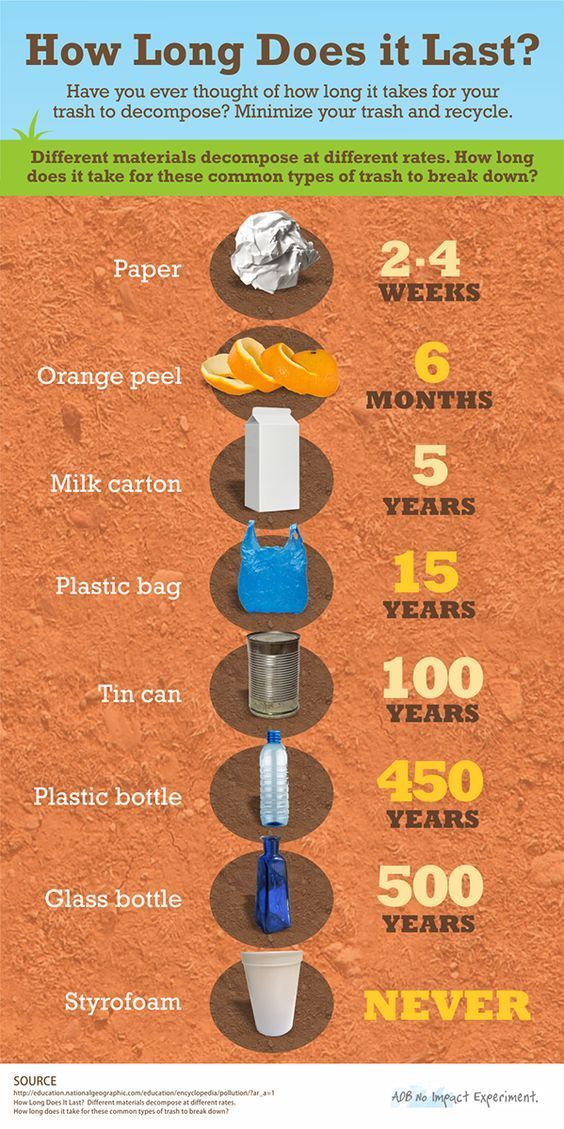 Volume of milk stored in the breast is greater when there has been a greater amount of time between feeds. The amount of milk that can be stored in the breast between feedings (milk storage capacity) varies significantly from mom to mom and is not determined by breast size (although breast size can limit storage capacity). For most women there is not a lot of storage room. Although mothers with both low and high milk storage capacities produce enough milk for their babies, mothers with a greater milk storage capacity may be able to go longer between feedings without impacting milk supply and baby’s growth.
Volume of milk stored in the breast is greater when there has been a greater amount of time between feeds. The amount of milk that can be stored in the breast between feedings (milk storage capacity) varies significantly from mom to mom and is not determined by breast size (although breast size can limit storage capacity). For most women there is not a lot of storage room. Although mothers with both low and high milk storage capacities produce enough milk for their babies, mothers with a greater milk storage capacity may be able to go longer between feedings without impacting milk supply and baby’s growth.
Many people mistakenly think of a mother’s milk supply as being like “flesh-covered bottles” that are completely emptied and then need time to refill before baby nurses again. This is simply not how we understand milk production to function.
First of all, milk is being produced at all times, so the breast is never empty. Research has shown that babies do not take all the milk available from the breast – the amount that baby drinks depends upon his appetite. The amount of milk removed from the breast varies from feed to feed, but averages around 75-80% of the available milk.
Research has shown that babies do not take all the milk available from the breast – the amount that baby drinks depends upon his appetite. The amount of milk removed from the breast varies from feed to feed, but averages around 75-80% of the available milk.
Trying to completely empty a breast is like trying to empty a river — it’s impossible, since more milk will keep flowing in while milk is being removed.
Research also tells us that the emptier the breast, the faster the breast makes milk. So when baby removes a large percentage of milk from the breast, milk production will speed up in response.
Rather than thinking of nursing or pumping as “pouring milk out of a container” think of it as flipping on the “high speed production” switch!
Yet another analogy: Imagine you are using a straw to drink from a glass of water. As you drink, a friend is very slowly pouring water into your glass.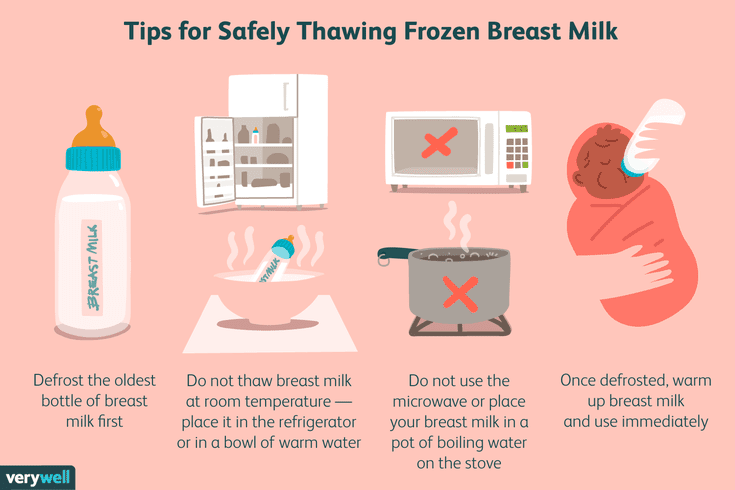 The emptier the glass, the faster your friend pours the water. Would you be able to drink all the water in your glass?
The emptier the glass, the faster your friend pours the water. Would you be able to drink all the water in your glass?
Waiting a set amount of time to nurse your baby (under the mistaken belief that breasts need time to “refill”) is actually counterproductive. Consistently delaying nursing will lead to decreased milk supply over time because milk production slows when milk accumulates in the breast.
Return to How does milk production work?
Breast milk production | Baby's needs
Did you know that the amount of breast milk adapts to your baby's needs? In this article, you will learn amazing facts about breast milk production in the first days, weeks and months.
Share this information
Your body is capable of producing breast milk for your baby at every stage of development. Understanding how milk production “turns on”, what happens to milk when you feed your baby, and why production adjusts to his needs as he grows, will help you start this amazing process in the right way.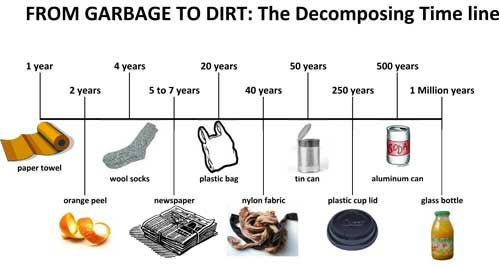 nine0003
nine0003
Day one: milk production at birth
The baby is usually ready to breastfeed from birth. When he grabs the breast and begins to suck rhythmically, the milk-producing cells “turn on” and the formation of the first breast milk, colostrum, starts. 1 Try to feed your baby as much as possible in the first hour of his life, and then as soon as he shows interest in feeding. This will help lay the foundation for good milk production later on. 2
The first days: the arrival of milk
At this stage, your body's level of progesterone, the
pregnancy hormone, which begins to fall after the placenta comes out, is reduced, and the hormones responsible for milk production - prolactin, insulin and hydrocortisone - are included in the work. These hormones will help start milk production. 3 Around the third day of your baby's life, milk will begin to come in and you will feel that your breasts have filled up and become noticeably firmer. 1
1
First month: shaping milk production
During the first weeks, your body will be especially sensitive to the amount of milk produced as it learns to produce the right amount. Prolactin levels increase dramatically each time you empty your breasts, thereby helping shape the lactation process. It also contributes to the maturation of your milk in terms of composition. At this stage, transitional milk is produced and the amount continues to grow. 3.4
For good long-term milk production, it is very important that you are close to your baby during the first few weeks. The more often you breastfeed, the more milk will be produced. This process resembles the law of supply and demand. Each time after emptying the breast, whether it is feeding the baby or pumping, even more milk will be produced.
Remember that it is normal for newborns to eat frequently, perhaps even every 45 minutes, and this does not mean that they are not getting enough milk.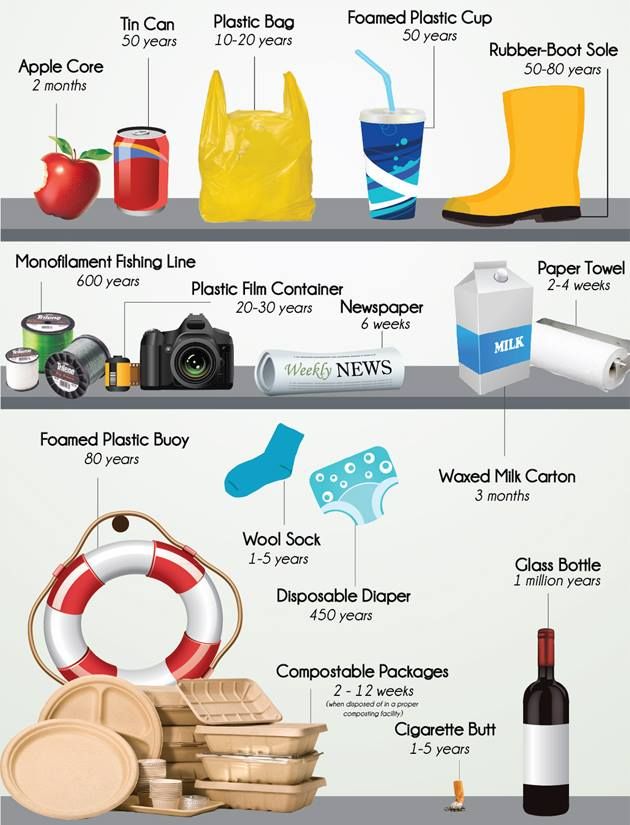 Frequent feedings help shape milk production, so feed your baby on demand, not on a schedule. nine0003
Frequent feedings help shape milk production, so feed your baby on demand, not on a schedule. nine0003
“In the first few weeks you may feel like you don’t have enough milk because your baby will be feeding all the time, but that’s okay,” says UK mom-of-two Jo, “We tend to think that the baby wants to eat every few hours, but that is not necessarily the case."
Don't forget that babies also breastfeed for comfort. Breastfeeding helps them calm down and adjust to their new life outside the womb. In addition, feeding helps to establish a connection between you. nine0003
Stable milk production in the first month
If you follow your baby's needs and feed him as often and for as long as he wants, milk production should adjust. 5
Some mothers try to increase the period between feedings so that the breasts can produce more milk during this time, but this should not be done, as this may have the opposite effect. 2
If you are unable to breastfeed directly for the first two weeks, express your milk to build and maintain your milk supply during this critical period and beyond.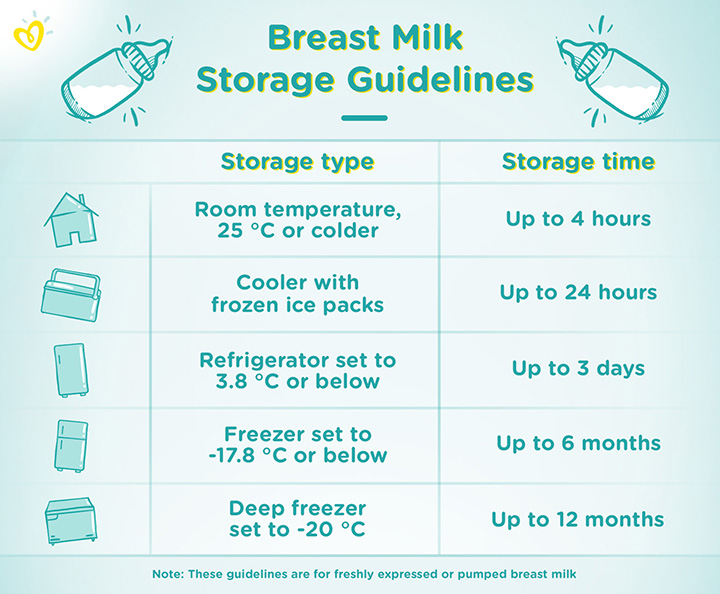 nine0003
nine0003
Did you know that feeding your baby extra formula unnecessarily can reduce your milk production? The chest will not receive a signal to increase production, because it will not be emptied. In addition, if the baby sleeps longer after formula, he may miss his usual next feeding time.
This is a kind of “supplementing trap”. After three to four days of formula supplementation, during which the breasts have emptied less, the body will receive a signal that breastfeeding has stopped, and the amount of milk produced will begin to decrease. As a result, the baby will remain hungry and will need additional formula supplementation. And so on in a circle ... As a result, this will lead to really low milk production, and the baby will eat mainly the mixture. nine0003
Breast milk production after six weeks
After a month of breastfeeding, post-feeding bursts of prolactin secretion begin to decrease, milk matures, and the body gets used to producing as much milk as your baby needs. In fact, the chest begins to work "on autopilot." 4 You may also notice at this time that your breasts are softer and your milk flow has stopped.
At this stage, women often have fears of "losing milk". nine0021 However, this only means that milk production has been established and now fully meets the needs of the child. It is noteworthy that although the baby continues to grow, he will consume approximately the same amount of milk both at six weeks and at six months. You may notice that the baby began to suckle the breast longer, but less often. On some days he may eat a little less than usual - his appetite changes in the same way as an adult.
Now your body will produce exactly the amount of milk,
as much as your baby needs. Therefore, the more milk the baby
drinks (or you express), the more it will produce.
How does this happen? The reason for this is thought to be the so-called "feedback lactation inhibitor" that controls milk production.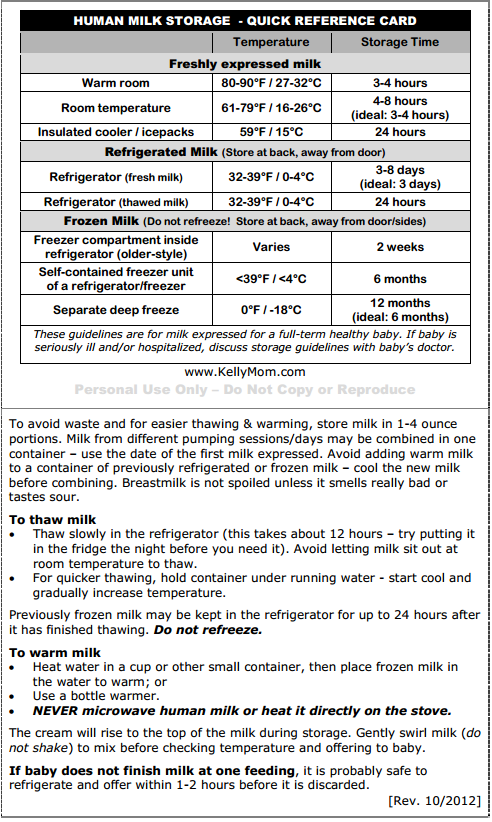 The more milk in the breast, 2 the higher the inhibitor level, so a full breast produces less milk than one that has been emptied.
The more milk in the breast, 2 the higher the inhibitor level, so a full breast produces less milk than one that has been emptied.
What is the rate of milk production? nine0011
Mothers often worry about their milk supply and think about how to increase it. However, if the baby is healthy and growing well, problems usually do not arise.
“I was worried that my newborn daughter was not getting enough milk as she was feeding very quickly and always from one breast even though I offered both,” says Marjorie, mother of two in the UK, “But when I pumped from using a breast pump, I was surprised at how much milk I produced, and calmed down. I just had to keep feeding her little and often.” nine0003
Keep in mind, however, that not all mothers are able to express a lot of milk right away. You can also try hand expressing milk and see if there is a change in breast fullness.
If you're worried about your milk supply, read our tips for symptoms of too little or too much milk.
Literature
1 Pang WW, Hartmann PE. Initiation of human lactation: secretory differentiation and secretory activation. J Mammary Gland Biol Neoplasia 2007;12(4):211-221. - Pang, W.W., Hartmann, P.I., "Lactation initiation in the lactating mother: secretory differentiation and secretory activation." G Mammary Gland Biol Neoplasia. 2007;12(4):211-221.
2 Kent JC et al. Principles for maintaining or increasing breast milk production. J Obstet Gynecol Neonatal Nurs . 2012;41(1):114-121. - Kent J.S. et al., "Principles for Maintaining and Increasing Milk Production". F Obstet Ginecol Neoneutal Nurs. 2012;41(1):114-121.
3 Ostrom KM. A review of the hormone prolactin during lactation. Prog Food Nutr Sci .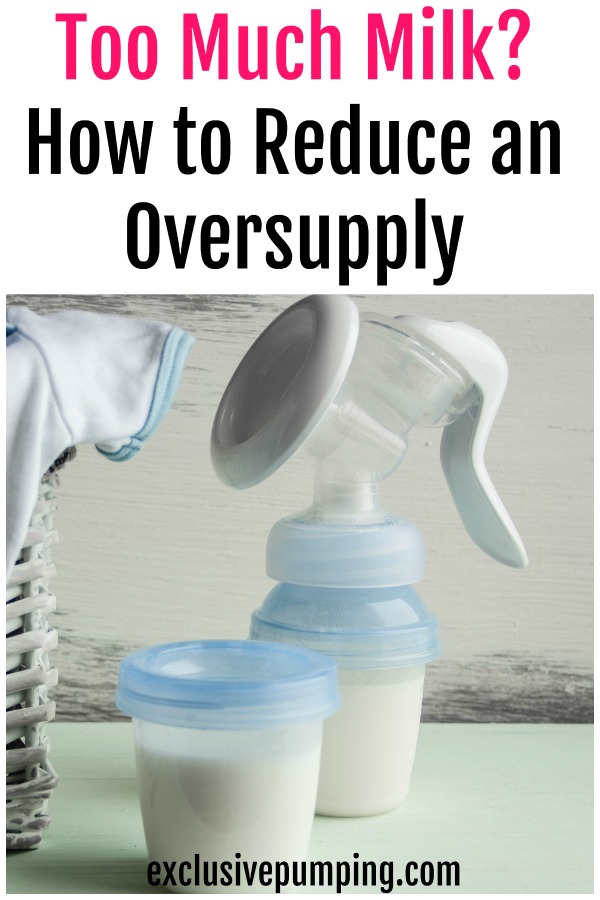 1990;14(1):1-43. - Ostrom KM, "Review of the role of the hormone prolactin during lactation." Prog Food Nutr Sai. 1990;14(1):1-43.
1990;14(1):1-43. - Ostrom KM, "Review of the role of the hormone prolactin during lactation." Prog Food Nutr Sai. 1990;14(1):1-43.
4 Cox DB et al. Blood and milk prolactin and the rate of milk synthesis in women. Exp Physiol. 1996;81(6):1007-1020. - Cox D.B. et al., Effects of blood and milk prolactin on milk production in women. Exp Physiol. 1996;81(6):1007-1020.
5 Kent JC et al. Volume and frequency of breastfeedings and fat content of breast milk throughout the day. Pediatrics. 2006;117(3): e 387-95. - Kent J.S. et al., "Amount and frequency of breastfeeding and fat content of breast milk during the day." Pediatrix (Pediatrics). 2006;117(3): e 387-95.
Transitional milk | Stages of breast milk production
During the first couple of weeks after birth, the composition of breast milk changes dramatically. Learn about the amazing properties of this transitional milk.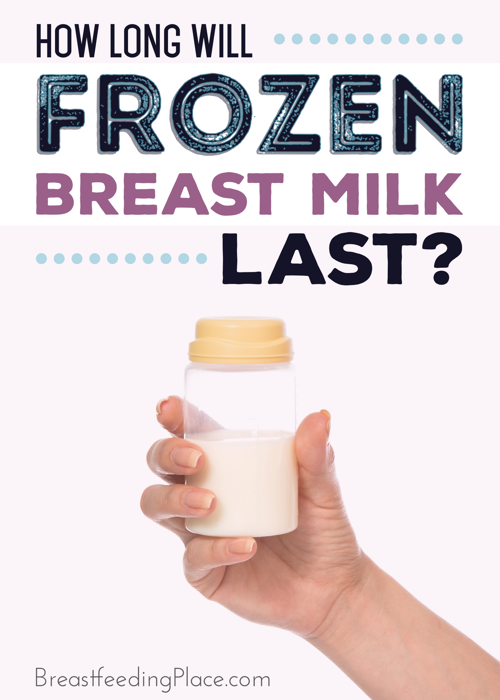 nine0003
nine0003
Share this information
A newborn changes literally every day, and the same can be said about breast milk. With the advent of milk, the breast can increase to an impressive size, and changes occur not only on the outside, but also inside. During the first week, the milk-producing cells and the connections between them are rebuilt and prepare the breast for the upcoming feeding. 1 From now until about the end of the second week, they will produce what is called transitional milk. nine0013 2
“After the placenta is delivered, levels of progesterone, the pregnancy hormone, begin to decline rapidly,” explains Professor Peter Hartmann of the University of Western Australia, a leading authority on the composition of breast milk. “As progesterone levels decrease, milk synthesis increases and the composition is approaching the norm, although a couple more weeks are needed for the full maturation of the milk.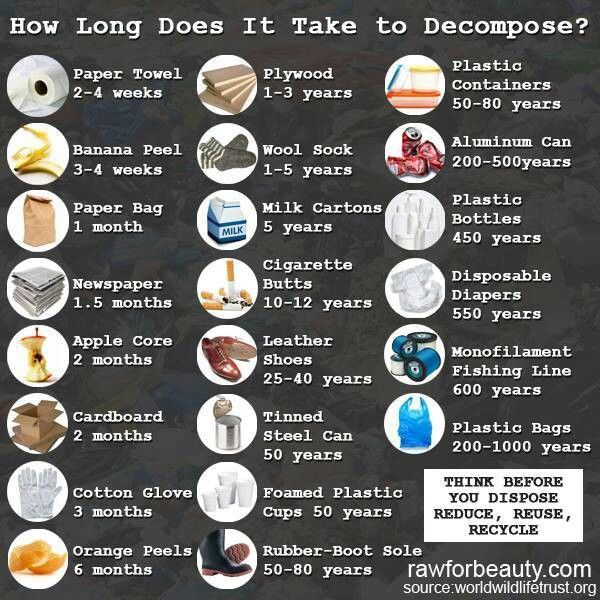
Breastmilk Stages: An Intermediate Phase
If colostrum is your baby's very first food and mature milk is his main food for a long time, then transitional milk is a kind of bridge between them. nine0003
They should be considered as three different stages of milk production, not three types of milk. The main components remain unchanged throughout breastfeeding, only their quantity changes depending on the circumstances. During the transition period, the composition of milk undergoes the most significant changes, and this happens every day in accordance with the changing needs of the child.
Milk changes because it contains bioactive components, including cells, hormones and beneficial bacteria. The transition to mature milk does not happen all at once: the composition changes gradually and in strict accordance with the developmental needs of the baby. nine0013 3.4
“The amount of milk produced by the mother has a major influence on the composition of milk,” says Professor Hartman.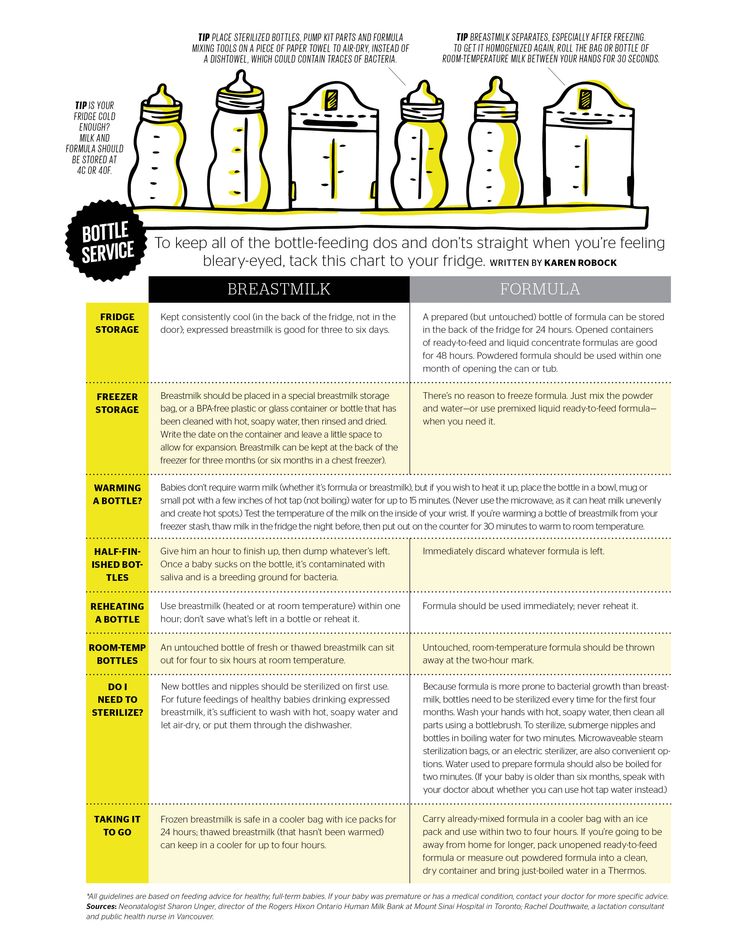 “The composition of milk at low and higher levels of production is different.”
“The composition of milk at low and higher levels of production is different.”
Transitional milk: increase in quantity
As the baby grows, it needs more food and a different ratio of nutrients. The amount of milk produced during this period also increases significantly. You can produce 600-700 ml per day, 5 which is a very impressive amount compared to the small amount of colostrum that was produced in the early days. nine0003
"The composition of milk in all mammals varies according to the needs of the young"
Your breasts are now in “boosting” mode: your body is learning to produce the amount of milk your baby needs. The breast becomes more mature, as does the milk. Compared to colostrum, transitional milk contains more fat and lactose, a natural sugar that gives your baby energy. 2
“The level of lactose rises sharply in the first two or three days after birth,” says Prof. Hartmann, “The composition of fats also changes: the content of medium-chain fatty acids C10 and C12 increases. They are an easily digestible source of energy and have antiviral properties. In addition, sodium and chloride levels are greatly reduced during this period, so that the milk has a very low salt content.” nine0003
They are an easily digestible source of energy and have antiviral properties. In addition, sodium and chloride levels are greatly reduced during this period, so that the milk has a very low salt content.” nine0003
Protein: the right ratio
The protein content of breast milk does not stay the same either. There are two types of proteins in human milk: casein and whey. Under the influence of acid in the child's stomach, casein turns into a solid mass (cottage cheese) and gives a feeling of satiety for a longer time. It also has antimicrobial properties. Whey, on the other hand, is rich in antibodies and remains liquid, so it is easily absorbed, which is especially important for newborns. As the child's gastrointestinal tract strengthens, the ratio of casein to whey in milk gradually changes. If in colostrum it is about 90:10, then after a month it reaches 60:40, and after a year of breastfeeding, the balance is set at 50:50. 6
This ratio of proteins is ideal for humans, as our body grows relatively slowly and the brain is constantly growing and becoming more complex.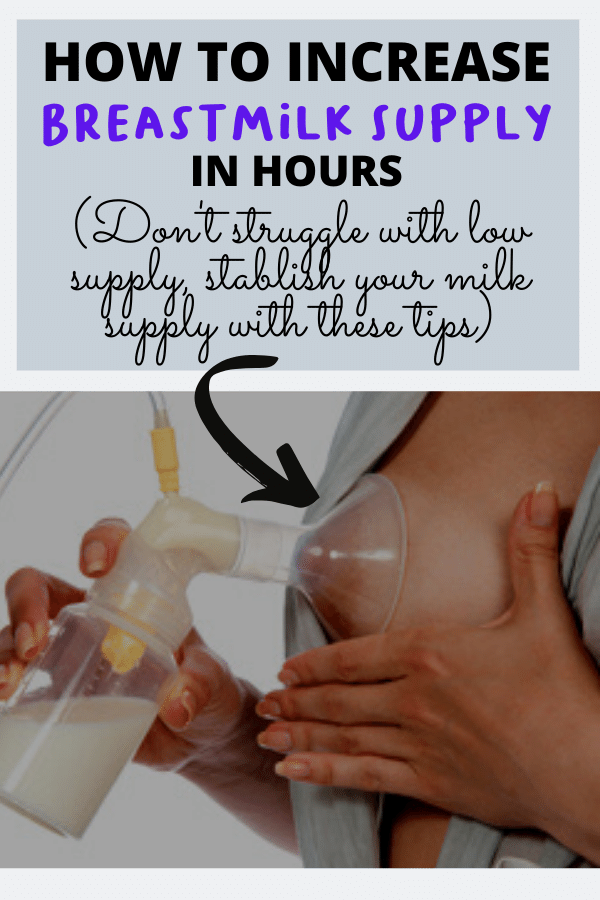 In addition, it promotes the supply of all the essential amino acids that a child needs for the healthy development of the brain, eyes and other organs.
In addition, it promotes the supply of all the essential amino acids that a child needs for the healthy development of the brain, eyes and other organs.
The amount of whey protein in human milk is significantly higher than that of other mammals. In cow's milk, the ratio of whey and casein is the opposite: 20:80 (therefore, it is not suitable for feeding children under one year old). nine0013 7
“Milk is designed to perform a specific task,” continues Professor Hartmann, “Some components are present in all milk, such as proteins and fats, but if you look at which proteins and which fats, it becomes clear which animal belongs to milk. The composition of milk in all mammals varies depending on the needs of the young.
Changing the protective properties of transitional milk
Although your baby is still very young, already in the first couple of weeks he begins to develop his own immune system, and now he needs your direct protection a little less. nine0003
The concentration of protective enzymes and antibodies in breast milk changes accordingly. The content of some substances, in particular lactoferrin (protective enzyme) and secretory immunoglobulin A (antibody), decreases, while other substances, such as the antibacterial enzyme lysozyme, on the contrary, increase. 8
“The protein content of milk decreases around the same time,” says Prof. Hartmann, “The synthesis of protective proteins occurs at the same rate, but they are more diluted due to increased milk production.” nine0003
The concentration of minerals such as zinc, copper and magnesium, which support the development of the child's immune system, also decreases as the immune system strengthens. 9
When breast milk becomes fully mature
During the transition period, the composition of breast milk changes significantly. By the end of the first month, it becomes fully mature. This means that the child will be able to eat them further as they grow. The composition of milk will no longer change much, no matter how long you continue breastfeeding - a few months, a year or more.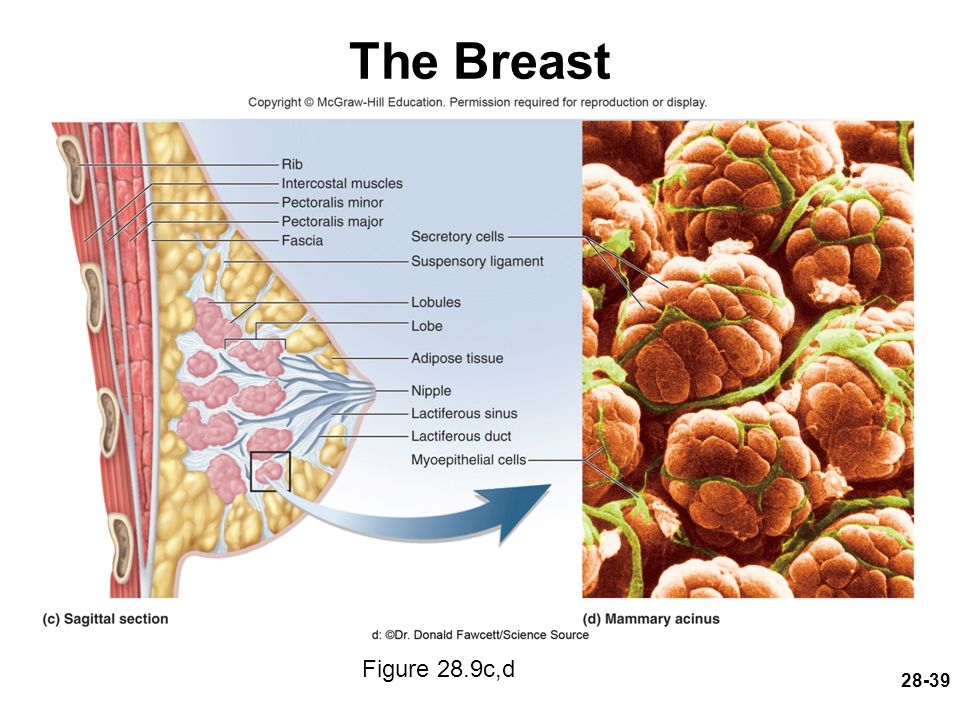 nine0003
nine0003
Would you like to know more? Read our free e-book Surprising Breast Milk Facts or article on mature milk.
Literature
1 Pang WW, Hartmann PE. Initiation of human lactation: secretory differentiation and secretory activation. J Mammary Gland Biol Neoplasia. 2007;12(4):211-221. - Pang, W.W., Hartmann, P.I., "Lactation initiation in the lactating mother: secretory differentiation and secretory activation." nine0088 F Mammary Gland Biol Neoplasia. 2007;12(4):211-221. 2 Ballard O, Morrow AL. Human milk composition: nutrients and bioactive factors. Pediatr Clin North Am . 2013;60(1):49-74. - Ballard O., Morrow A.L., "Composition of breast milk: nutrients and biologically active factors." Pediatrician Clean North Am. 2013;60(1):49-74. 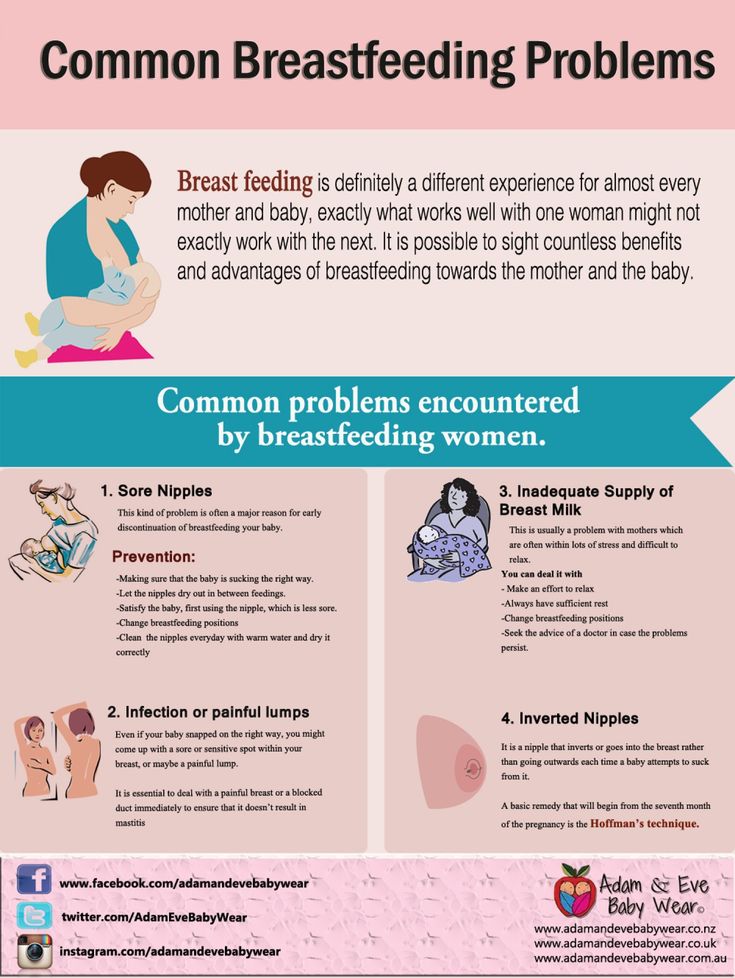 Colostrum and mature human milk of women from London, Moscow, and Verona: determinants of immune composition. Nutrients. 2016; 8(11): 695. - Moonblit, D. et al., "Colostrum and mature breast milk from women in London, Moscow, and Verona: major factors in immune composition." Nutrients. 2016; 8(11): 695.
Colostrum and mature human milk of women from London, Moscow, and Verona: determinants of immune composition. Nutrients. 2016; 8(11): 695. - Moonblit, D. et al., "Colostrum and mature breast milk from women in London, Moscow, and Verona: major factors in immune composition." Nutrients. 2016; 8(11): 695.
4 Pons SM et al. Triacylglycerol composition in colostrum, transitional and mature human milk. nine0088 Eur J Clin Nutr . 2000;54(12):878-882. — Pons SM, "Triacylglycerol in colostrum, transitional and mature human milk". Yur J Klin Nutr. 2000;54(12):878-882.
5 Neville MC et al. Studies in human lactation: milk volumes in lactating women during the onset of lactation and full lactation. Am J Clin Nutr .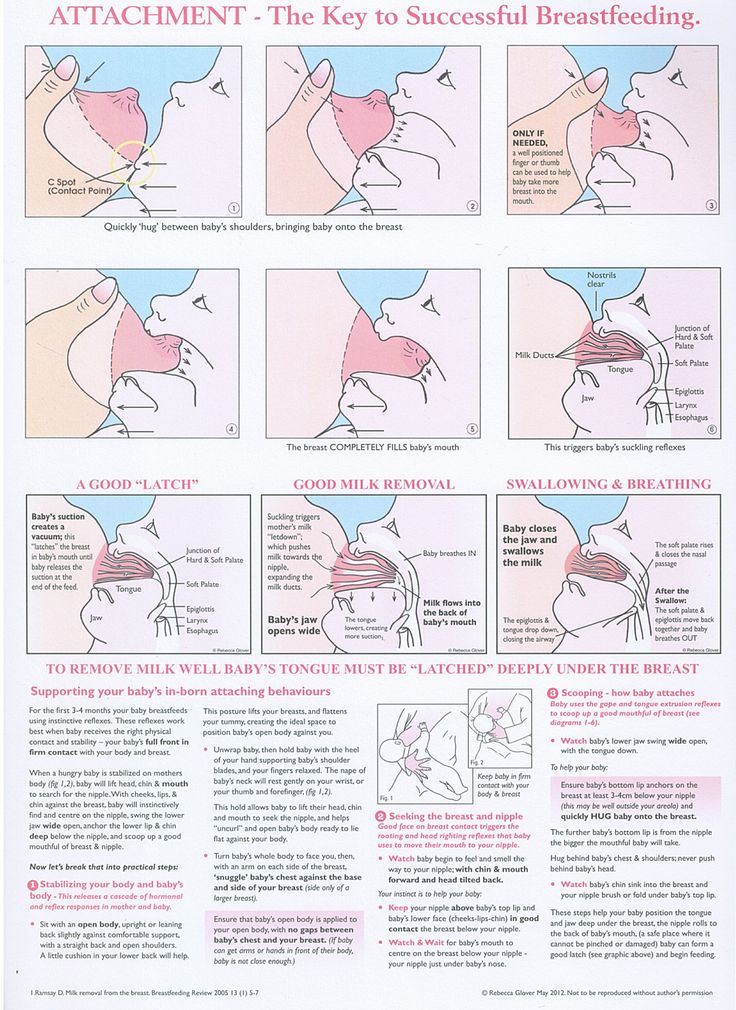 1988;48(6):1375-1386. - Neville M.S. et al., "Female Lactation Study: Milk Quantity in Lactating Women at the Beginning and Peak of Lactation." Am F Clean Nutr. 1988;48(6):1375-1386.
1988;48(6):1375-1386. - Neville M.S. et al., "Female Lactation Study: Milk Quantity in Lactating Women at the Beginning and Peak of Lactation." Am F Clean Nutr. 1988;48(6):1375-1386.
6 Kunz C, Lönnerdal B. Re-evaluation of the whey protein/casein ratio of human milk. Acta Paediatr. 1992;81(2):107-112. nine0088 Kunz S, Lonnerdal W. Act Pediatr.1992;81(2):107-112. - Kuntz S., Lönnerdahl B., "New Evaluation of Whey Protein/Casein in Breast Milk". Akta Pediatr. 1992;81(2):107-112.
7 Martin CR et al. Review of infant feeding: key features of breast milk and infant formula. Nutrients. 2016;8(5). - Martin S.R. et al., Review of Infant Feeding Issues: Key Features of Breast Milk and Infant Formula. nine0088 Nutrients. 2016;8(5).
8 Lönnerdal B et al. Longitudinal evolution of true protein, amino acids and bioactive proteins in breast milk: a developmental perspective.